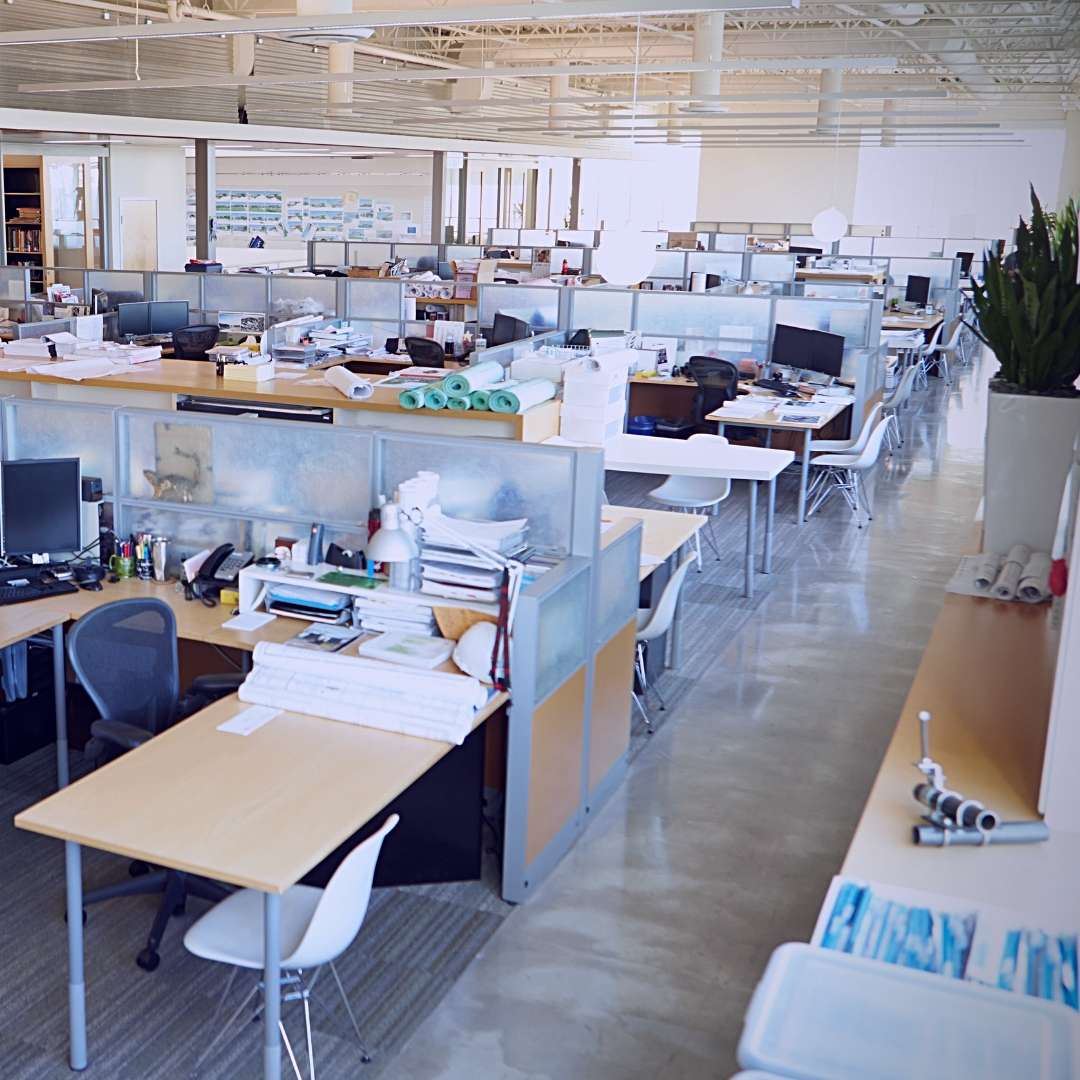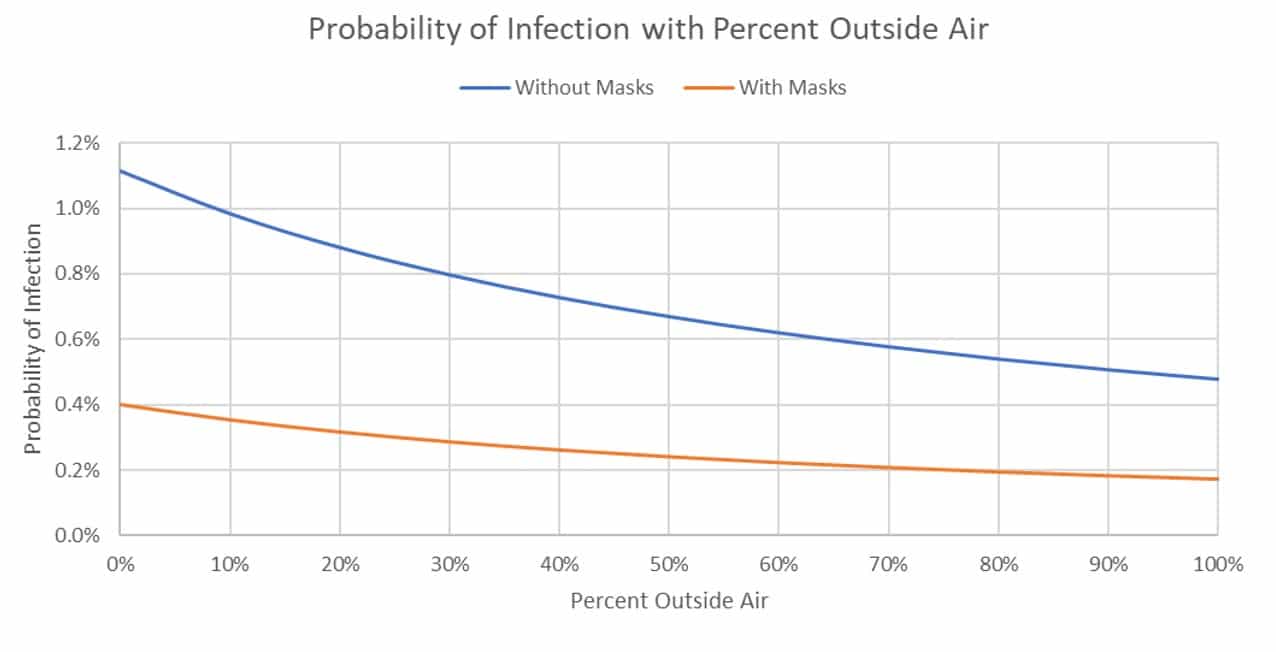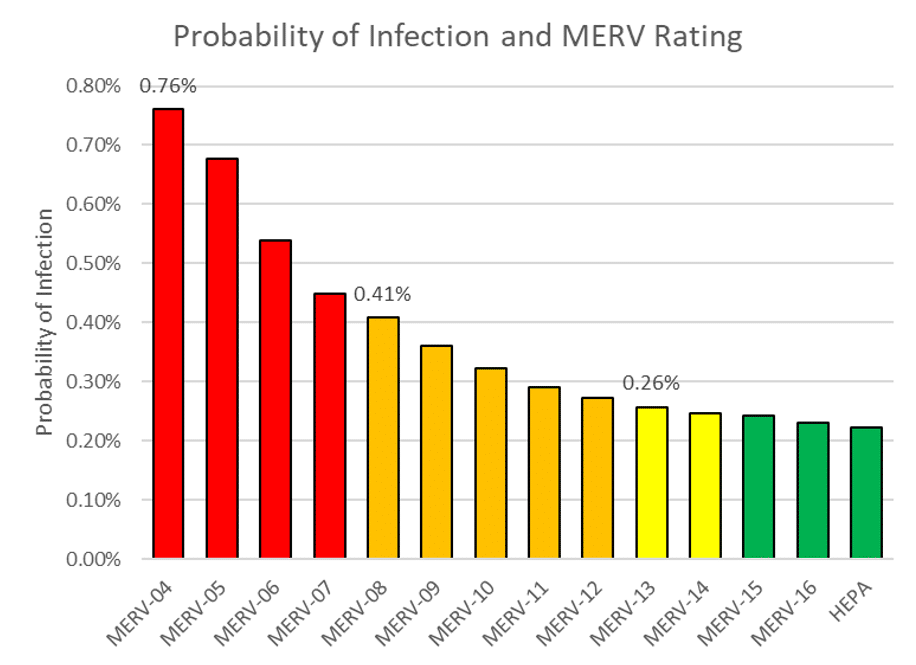whitepaper
Wells-Riley and COVID infection risk
summary
Using the Wells-Riley equation, the probability of an individual with COVID-19 infecting a healthy individual inside of a building via the HVAC system can be estimated.
The ASHRAE recommendations of increasing ventilation and improving filtration to at least MERV-13 to mitigate the risk of infection are validated by this equation.
The risk of infection can be halved while wearing a mask. If both the sick and healthy individuals are wearing masks, this can reduce risk by a factor of 4. This is the most effective and economic measure in reducing the spread of COVID-19.
While staying at home is still the safest option, proper HVAC modifications in conjunction with mask-wearing, distancing etiquette, and a comprehensive safety plan can help reduce the risk of becoming sick, and infecting others.

Download a printable copy of the whitepaper using the form below.
By submitting my email, I agree to receive occasional emails from kW Engineering.
disclaimer
kW Engineering is composed of engineers and professionals in the energy management community. While we are experts in HVAC, we are not a medical institution and do have the authority of the CDC or the doctors, epidemiologists, and other medical professionals studying the disease. While we are confident in the research reviewed in this document, we strongly recommend reviewing and implementing the guidelines presented by ASHRAE, CDC, local government, and other reputable organizations.
want to reduce the risk of COVID-19 infection?
whitepaper
the wells-riley equation & covid-19: reducing risk indoors
As the global coronavirus pandemic stretches into months, it has become increasingly clear the virus will be with us for the long term. It is important that we take action to reduce the risk of transmission in indoor environments. Using the Wells-Riley equation, derived in 1978 to model measles outbreaks in schools [4], building operators can understand the contribution of the HVAC system to the overall risk of spreading the disease and the utility of different strategies in decreasing that risk.
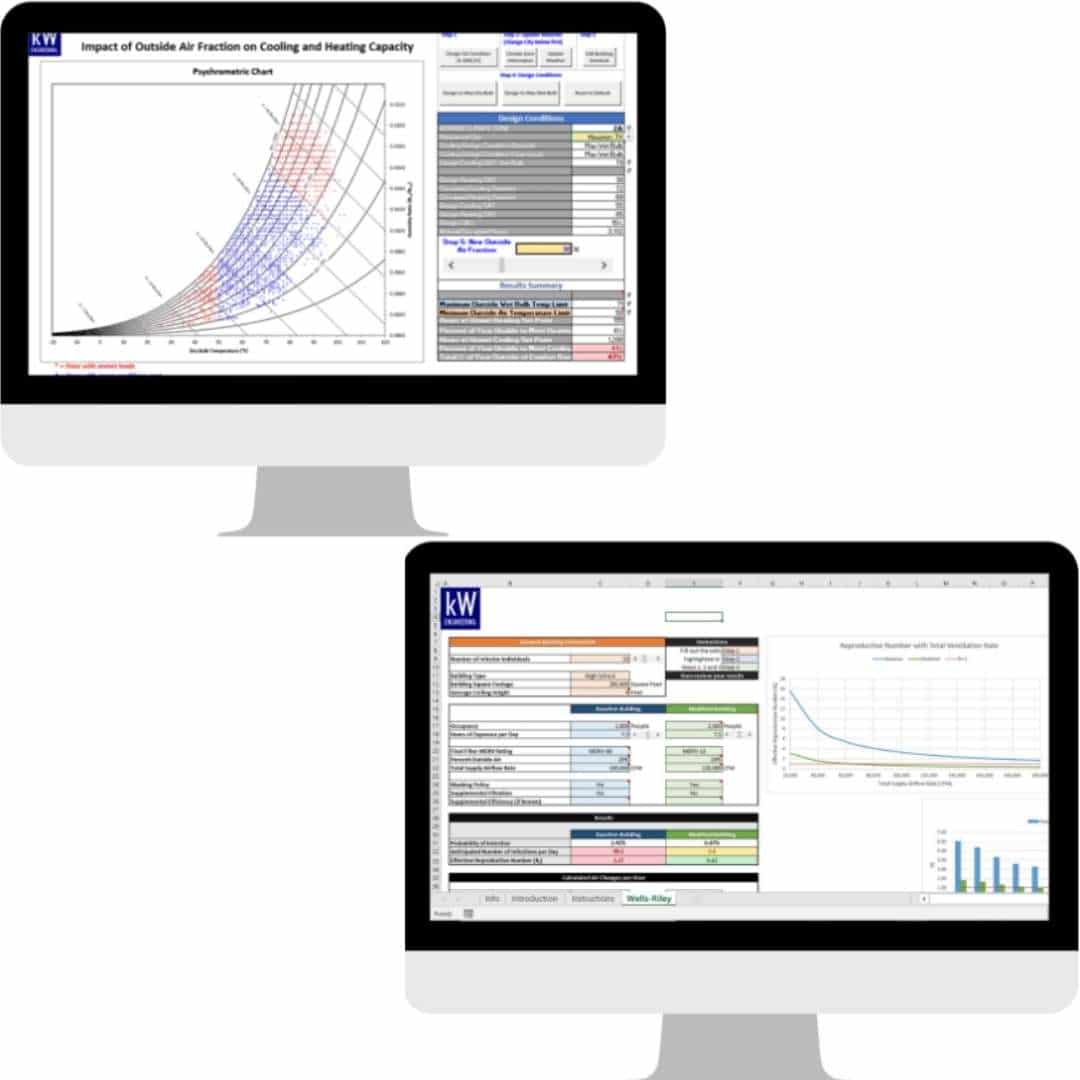
ASHRAE guidance on HVAC & COVID-19 transmission
While it is well understood that we should be wearing masks and social distancing, as per CDC recommendations, one less understood topic is the role of HVAC in the spread of the virus [1, 2]. While studies are still ongoing, ASHRAE, the leading authority on HVAC, has prepared interim guidance for many building types on best practices and modified operations while open. ASHRAE prepared the following statement regarding the pandemic:
Transmission of SARS-CoV-2 through the air is sufficiently likely that airborne exposure to the virus should be controlled. Changes to building operations, including the operation of heating, ventilating, and air-conditioning systems, can reduce airborne exposures…
Ventilation and filtration provided by heating, ventilating, and air-conditioning systems can reduce the airborne concentration of SARS-CoV-2 and thus the risk of transmission through the air…
In general, disabling heating, ventilating, and air-conditioning systems is not a recommended measure to reduce the transmission of the virus (3)
With these considerations, it is prudent to review the capabilities of a building’s HVAC system and implement the modifications recommended by ASHRAE to help reduce the spread of the coronavirus [3]. However, as more information has become available, it has become possible to quantify how much the HVAC system can contribute to the spread of the virus via the well-understood Wells-Riley equation.
what is the wells-riley equation?
The Wells-Riley equation “provides a simple and quick assessment of the infection risk” [4]. Derived in 1978, it was initially used to model measles outbreaks in schools [4]. ASHRAE also uses this equation for their HVAC recommendations. While it has shortcomings, this approach is well suited to this pandemic. By specifying the airflow delivered by the HVAC system and for a given length of exposure time, the equation can calculate the probability of infection for a healthy individual in a defined space.
wells-riley in action
For this paper, the equation takes on this form:
The Wells-Riley equation depends on the availability of the quanta generation rate, q. Currently, there is not enough known about this coronavirus to explicitly calculate q, but it can be estimated by using the reproductive value, R [5, 6]. The quanta generation rate represents the number of infectious doses a sick individual exhales every hour [7]. Using this information, it becomes possible to estimate the probability of infection for individuals within a defined space.
The equation can be applied to whole buildings or individual rooms. Its most significant shortcoming comes from only considering airborne particles as a pathway to infection, not accounting for fomite (inanimate surfaces or objects) transmission, or even non-aerosolized respiratory droplets, which are both very important with this coronavirus. However, the equation reasonably simulates a building where social distancing of 6 feet or more is observed, and where high-touch surfaces are disinfected regularly. While more rigorous models do exist that will give us a more accurate estimate in the future, not enough information is known about this coronavirus at the time of this writing [8].
increase outside air rates
One recommendation to reduce the spread of COVID-19 is to increase the outside air rate. This graph shows the probability of infection for different air changes per hour, both with and without a masking policy. These numbers are for a typical office environment with a building size around 20,000 ft2. While an increased outside air rate is helpful, the best way to economically reduce the probability of infection is to enforce a masking policy for every individual in the building.
upgrade air filters
Another ASHRAE recommendation is to upgrade the air filters to MERV-13 or higher. The graph below shows the probability of infection for different MERV filters for the same building size as before. For many existing installations, upgrading to MERV-13 could reduce the probability of infection by half. Upgrading beyond MERV-14 can be beneficial but will see diminishing returns. Some systems are not compatible with high efficiency filters. For systems where MERV-13 is unobtainable, moving to the highest compatible MERV rating can still contribute to a reduced risk.
reducing the risk of covid-19 indoors
As more businesses and schools attempt to return to normal operations, creating and maintaining a safety plan is more important than ever. The CDC, ASHRAE, and other agencies have recommendations that should be reviewed and implemented. The most vital aspects of these safety plans include wearing masks, social distancing, and staying home when sick [9, 10].
Due to the generalized form of the Wells-Riley equation and the ongoing research into the coronavirus, the numbers presented here should be taken as rough estimates. This approach is best used to validate modifications to the HVAC system as one part of a comprehensive safety plan.
recommendations
Implement a masking policy.
This is a very low-cost measure that can decrease the risk of infection up to 75%.
Upgrade air filters.
Change filters to MERV-13 or the highest compatible rating with your filter rack. Upgrading beyond MERV-14 will not see a significant improvement in safety.
Increase outside air.
Increasing the outside air rate of your building’s ventilation system as feasible. Use our calculator to see the impact of risk with different outside air rates.
While increasing the outside air rate can be beneficial, it quickly becomes impractical in hot or cold weather. This measure becomes less important if high efficiency filters can be installed.
Other measures.
Other administrative controls can be used to reduce the risk beyond HVAC modifications. Shortened school days, work from home, and social distancing are all very important in reducing the spread of the virus.
sources
- How COVID-19 Spreads. Centers for Disease Control and Prevention. June 16, 2020. https://www.cdc.gov/coronavirus/2019-ncov/prevent-getting-sick/how-covid-spreads.html
- Lu J, Gu J, Li K, et al. COVID-19 Outbreak Associated with Air Conditioning in Restaurant, Guangzhou, China, 2020. Emerging Infectious Diseases. July
2020. https://wwwnc.cdc.gov/eid/article/26/7/20-0764_article - ASHRAE Epidemic Task Force. COVID-19 (CORONAVIRUS) PREPAREDNESS RESOURCES. May 28, 2020. https://www.ashrae.org/technical-resources/resources
- Sze To G N, and Chao C Y H. Review and comparison between the Wells–Riley and dose‐response approaches to risk assessment of infectious respiratory diseases. Indoor Air. July 31, 2009. https://www.ncbi.nlm.nih.gov/pmc/articles/PMC7202094/#:~:text=The%20Wells%E2%80%93Riley%20equation%20provides,risk%20in%20a%20large%20community.
- Stephens, Brent. HVAC filtration and the Wells-Riley approach to assessing risks of infectious airborne diseases. The National Air Filtration Association Foundation. March 1, 2012. https://www.nafahq.org/wp-content/uploads/WellsRileyReport.pdf
- Hui D, and Zhao B. Association of infected probability of COVID-19 with ventilation rates in confined spaces: a Wells-Riley equation based investigation. medRxiv. April 2020. https://www.medrxiv.org/content/10.1101/2020.04.21.20072397v1
- HVAC Design in Commercial Buildings to Mitigate COVID-19: Improve Filtration, Don’t Increase Ventilation. enVerid. June 30, 2020. https://enverid.com/literature/hvac-design-in-commercial-buildings-to-mitigate-covid-19-improve-filtration-dont-increase-ventilation/
- Noakes C J, and Sleigh P A. Mathematical models for assessing the role of airflow on the risk of airborne infection in hospital wards. Journal of The Royal Society Interface. October 7, 2020. https://www.ncbi.nlm.nih.gov/pmc/articles/PMC2843948/
- Utah DOH. COVID-19 Business Manual. Utah Department of Health. July 2020. https://coronavirus-download.utah.gov/business/COVID-19_Business_Packet_FIN.pdf
- Abbott B, Greenhalgh M, et al. Making sense of the research on COVID-19 and masks. Brigham Young University. July 20, 2020. https://pws.byu.edu/covid-19-and-masks
printable version
download whitepaper
Enjoy a free printable version of this whitepaper by submitting the form below.
By submitting my email, I agree to receive occasional emails from kW Engineering.
